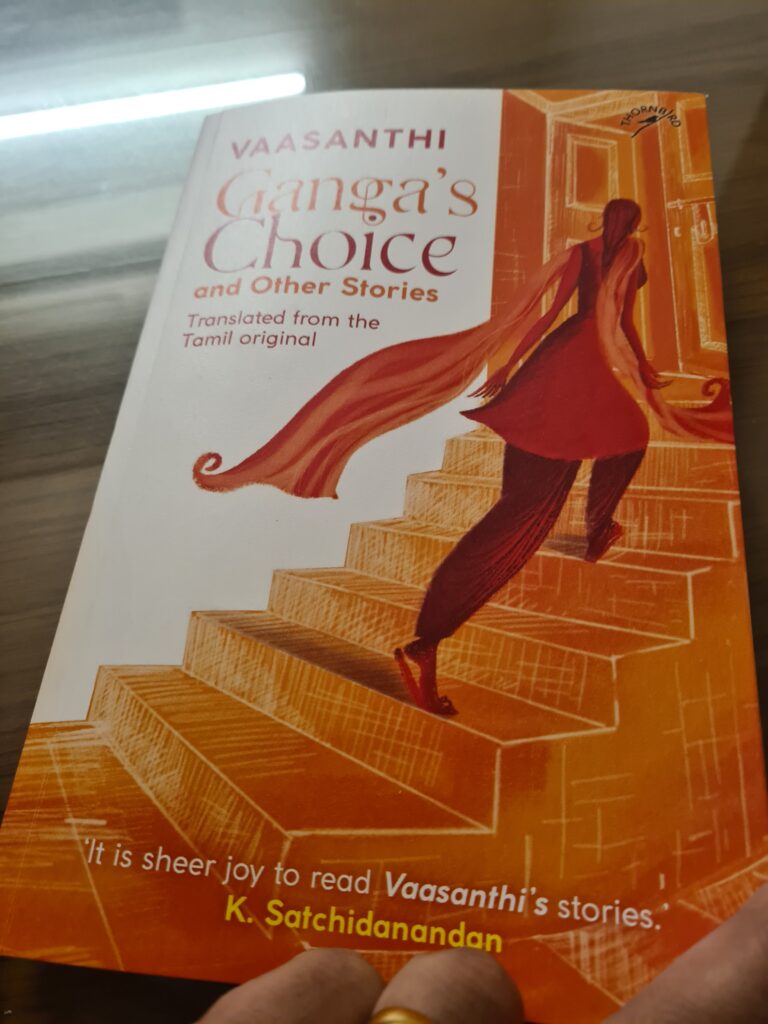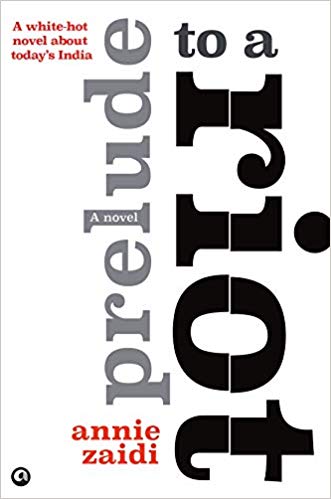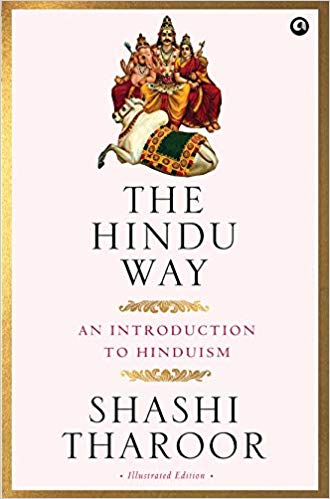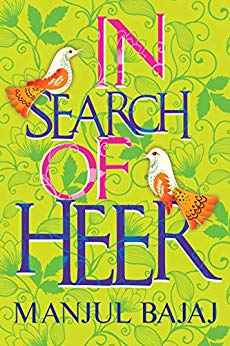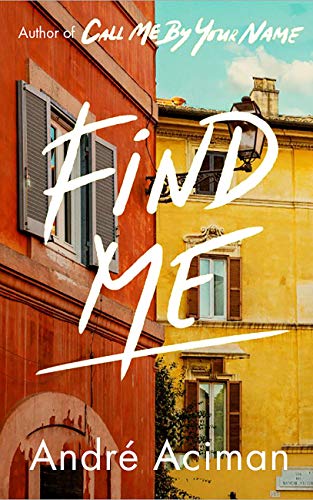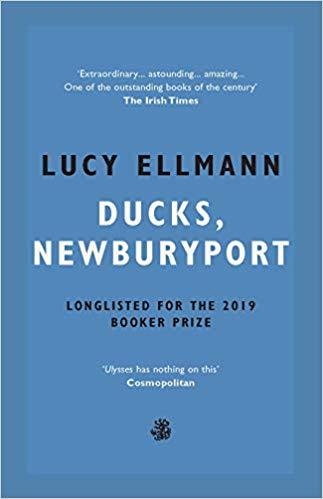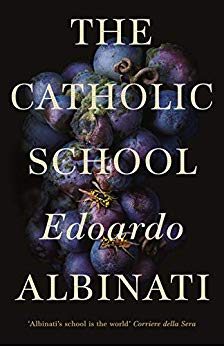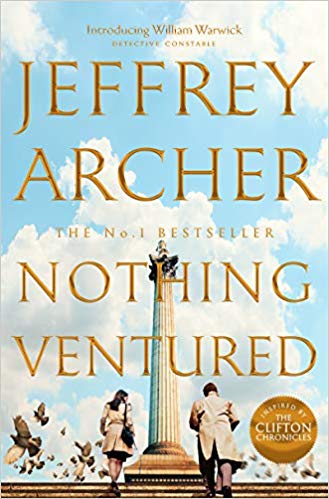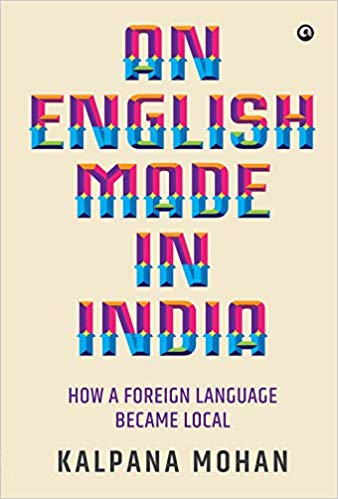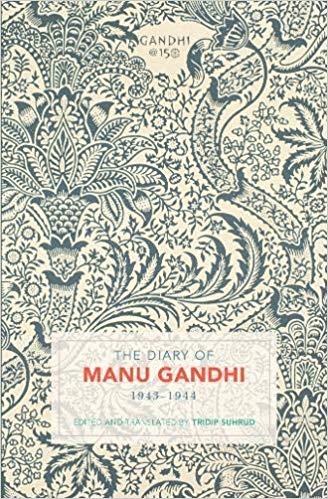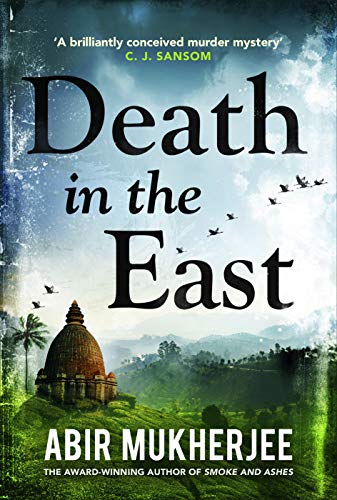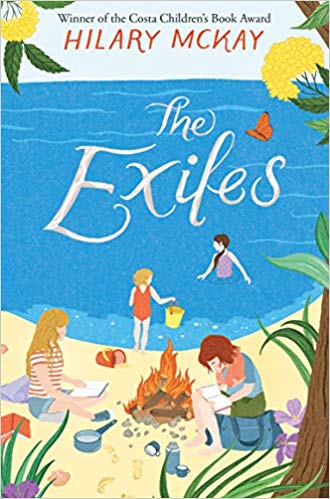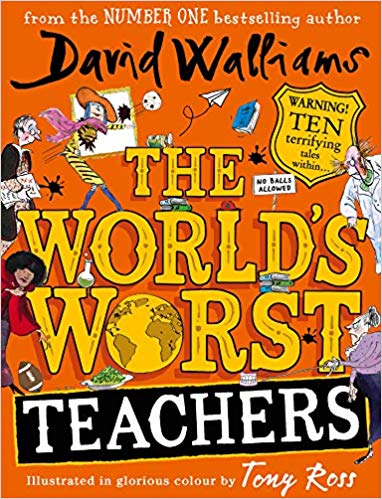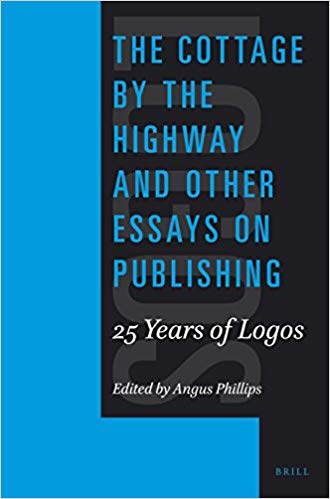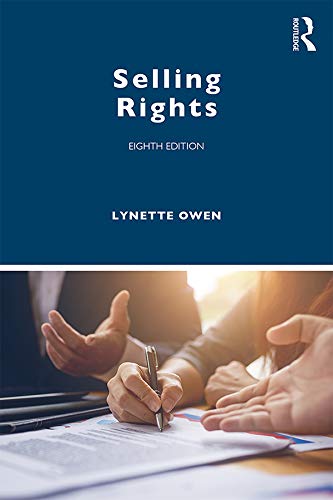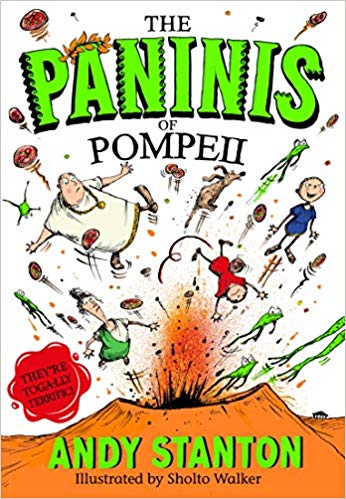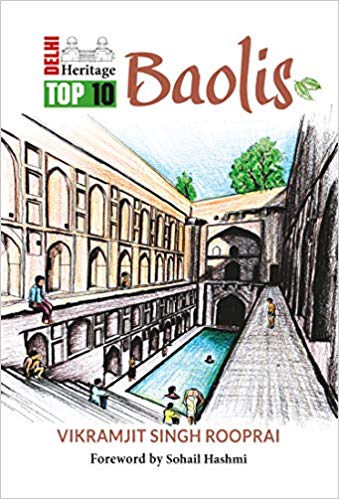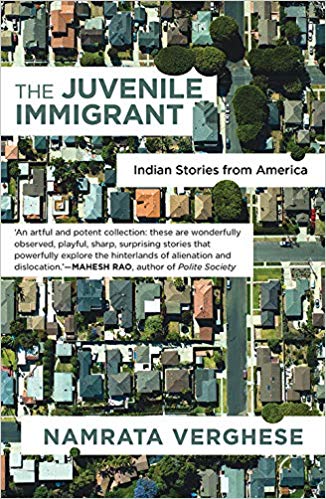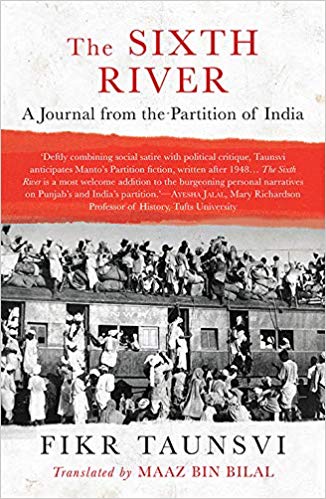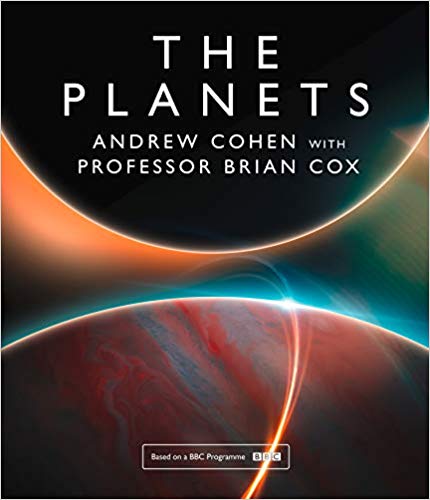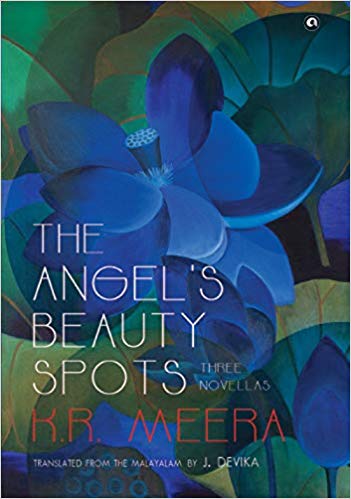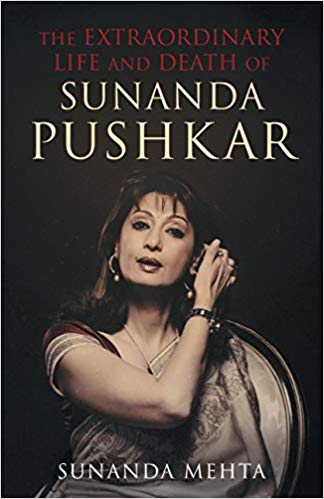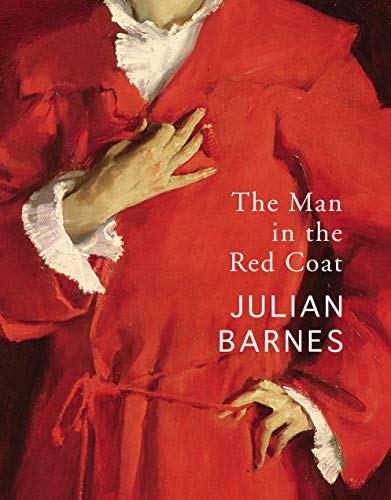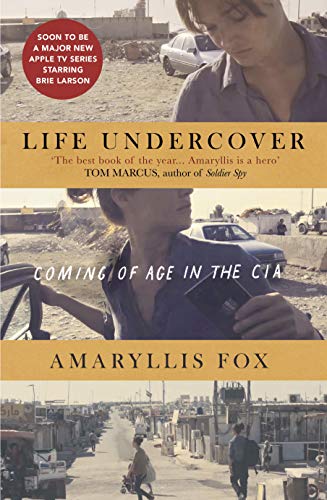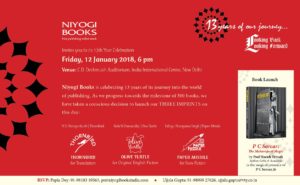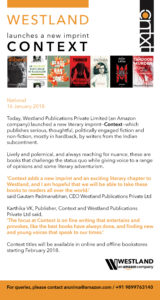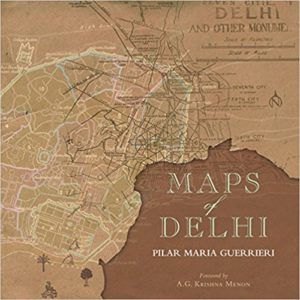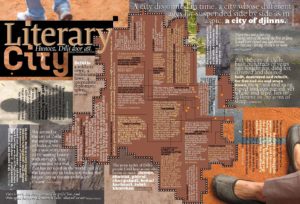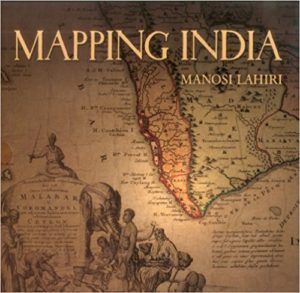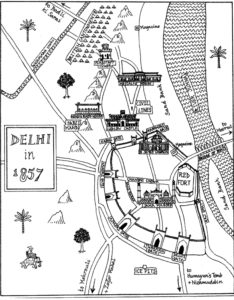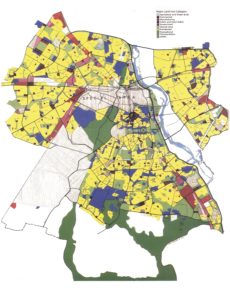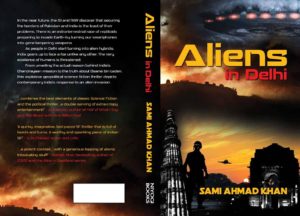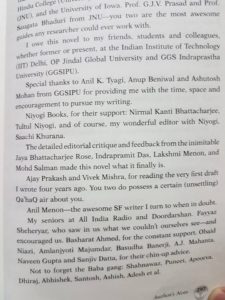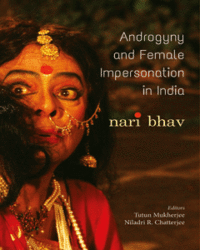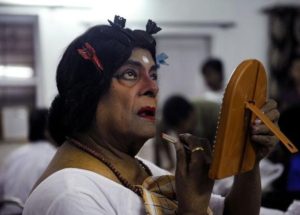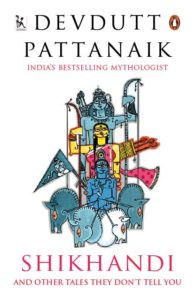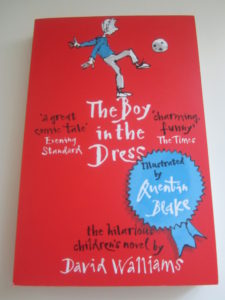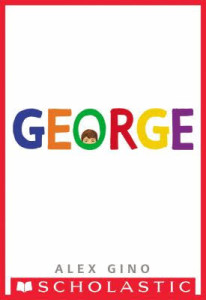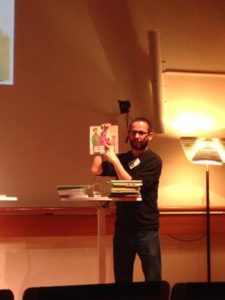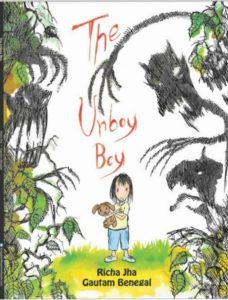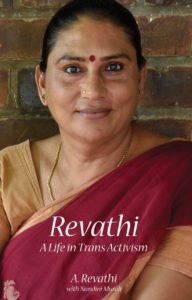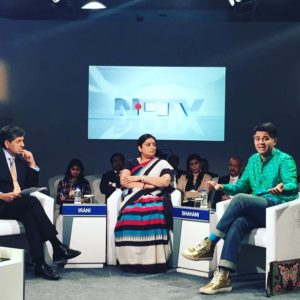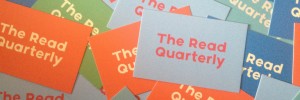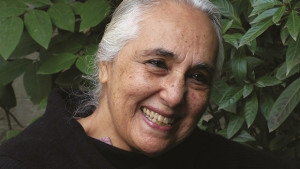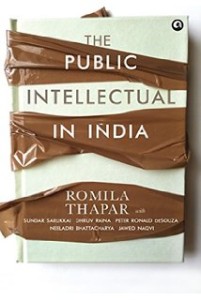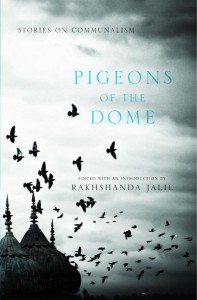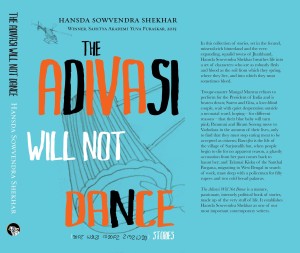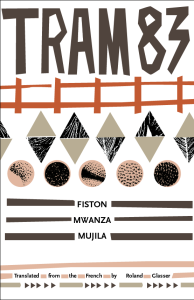Preeto & Other Stories : The Male Gaze in Urdu is a collection of short stories edited and introduced by noted writer and translator Rakhshanda Jalil. This extract is taken from her fabulous introduction that gives a broad overview of Urdu writing. While there is a detailed portion on Urdu women writers the selected extract focuses on the reasons for Rakhshanda Jalil’s selection with a brief commentary on the male writers she chose to include in the anthology.
This extract is published with the permission of the publishers Niyogi Books.
***
The woman has been both subject and predicate in a
great deal of writing by male writers. In poetry she has, of course, been the
subject of vast amounts of romantic, even sensuous imagery. Be it muse or
mother, vamp or victim, fulsome or flawed, there has been a tendency among male
writers to view a woman through a binary of ‘this’ or ‘that’ and to present
women as black and white characters, often either impossibly white or
improbably black. Since men are not expected to be one or the other but
generally taken to be a combination of contraries, such a monochromatic view
inevitably results in women being reduced to objects, of being taken to be
‘things’ rather than ‘people’. That this objectification of women, and the
consequent dehumanisation, effectively ‘others’ half the human population seems
to escape many writers, even those ostensibly desirous of breaking stereotypes
or those who see themselves as liberal, even emancipated men. Films, television
and media have traditionally aided and abetted the idea that women are objects
to be pursued and eventually won over like trophies or prizes. Literature has
fed into the trope that women are bona fide objects of sexual fantasy, or blank
canvases on which men can paint their ideals, or even empty vessels into which
they can pour their pent-up feelings and emotions.
Feminist theoreticians would have us believe that there is, and has always
been, a traditional heterosexual way of men looking at women, a way that
presents women as essentially sexual objects for the pleasure of the male
viewer. The feminist film critic Laura Mulvey, in her seminal essay ‘Visual
Pleasure and Narrative Cinema’ (1975), termed this way of seeing as the ‘male
gaze’. Mulvey’s theory was based on the premise that ‘an asymmetry of power
between the genders is a controlling force in cinema; and that the male gaze is
constructed for the pleasure of the male viewer which is deeply rooted in the
ideologies and discourses of patriarchy’. Within a short span of time, the
expression slipped into accepted usage and moved seamlessly across medium: from
film to literature to popular culture. Today, we use the term loosely to
describe ways of men seeing women and consequently presenting or representing
them.
In the context of Urdu, I have always been
intrigued by how men view women and, by extension, write about them. For that
matter, I am equally intrigued by how women view women and the world around
them. In fact, as a precursor to this present volume, I had edited a selection
of writings in Urdu by women called Neither Night Nor Day (Harper Collins,
2007). I had set myself a deliberately narrow framework by looking at women
writers from Pakistan as I was curious to discover how women, in an essentially
patriarchal society, view the place of women in the world. I chose 13
contemporary women writers and tried to examine the image and representation of
women by women.
Now, ten years later, I have attempted to do the same with male writers, except that this time I have chosen Indian writers. While I have begun with two senior writers, Rajinder Singh Bedi and Krishan Chandar, I have chosen not to go back to the early male writers such as Sajjad Hyder Yildrum, Qazi Abdul Ghaffar or even Premchand, for that matter, who wrote extensively on women. For the purpose of this study, I wanted to make a selection from modern writers. In a world where more women are joining the work force, where ever more are stepping out from their secluded and cloistered world and can be physically seen in larger numbers, I was curious to see how, then, do male writers view and consequently present or represent the women of their world.
….
My task was made easy by two progressives — Rajinder Singh Bedi and Krishan Chandar — who continued to be active long after the progressive writers’ movement had petered off. Nurtured by a literary movement and a body of writers that prided in looking at women as comrades-in-arms, both have written powerful female characters but both can be occasionally guilty of a sentimentalism, a tendency to idealise a woman in an attempt to appear even-handed. The first story in this collection, ‘Woman’ (‘Aurat’) by Bedi shows the writer struggling to shake off a centuries-old conditioning, one that sees a woman as a nurturer, a preserver of a life force no matter how flawed or frugal that life force might be. A father might be willing to get rid of a child that is less-than-perfect, a bit like a vet that puts diseased or broken animals to sleep, but a mother can never envisage such an idea. Added to this view is the familiar trope of unrequited love, that too for a damsel in distress, of a male viewer drawn to a woman who loves her child unconditionally. This ability to love makes everything about her so attractive: ‘I don’t know if she was beautiful in real life but in my fantasy she was extremely attractive. I really liked the way she patted her hair in place. She would flick her hair off her face, stroke them in place with her fingers, stretching her hands all the way behind her shoulders — making it so difficult for me to decide if this was a conscious habit or an involuntary action.’
Krishan Chandar’s ‘Preeto’, also the title story for this collection, has two seemingly unrelated tracks that converge in a most unexpected manner: both lead to a point where the woman is eventually perceived as beautiful and enigmatic, the depths of whose heart can never be plumbed by a man. While one track leads to a gruesome tragedy, the other leads nowhere. The parallel tracks meet at a point of sorrowful acknowledgement: ‘A woman never forgets. Those people do not know women who think she comes to your home in a palanquin, sleeps on your bed, gives you four children and in return you can snatch her dream away, such people don’t know women. A woman never forgets.’ A man may love her and pamper her but there is no knowing that she will love him in return or that she will ever fully reveal what lies buried beneath seeming normalcy.
Gulzar heralds the onset of modernity in Urdu literature. In his story, a woman may work and play the field, she may find love outside marriage, she may stray as far as her former husband but she is still tethered to the yoke of motherhood, of being answerable to a man: in this case her son, a 13-year old boy who stops being her son the moment he turns a male gaze at her. The same son who is willing to stand up for her when she is a woman wronged, a victim, turns against her when she is perceived as a woman who has committed a wrong and set foot outside the proverbial lakshman rekha or line of chastity and honour. Gulzar’s ‘Man’ (‘Mard’) reminds us how ingrained these notions of honour are and how stringently women, more than men, must subscribe to them.
Faiyyaz Rifat’s ‘Shonali’ and Ratan Singh’s ‘Wedding Night’ (‘Suhaag Raat’) are classic instances of the male gaze: one is directed by an older man at a young nubile servant and the other at a maalan (a girl who tends a garden). In this thinly-disguised moral tale, the flowers are symbols of ‘pure’ love that a girl gives her groom on her wedding night. Both stories show a preoccupation with beauty and youth, a preoccupation that is also found in Baig Ehsas’s ‘A Heavy Stone’ ‘Sang-e Giran’ and Syed Muhammad Ashraf’s ‘Awaiting the Zephyr’ (‘Baad-e Saba ka Intizar’). Deepak Budki’s ‘Driftwood’ and Hussainul Haque’s ‘The Unexpected Disaster’ (‘Naa-gahaanii’) are troubling stories: the former makes a case for women who have been victims of abuse in childhood (incest in this case) becoming wayward and wilful as adults and the latter for victims of marital abuse having every reason to find love outside a loveless marriage yet refraining from doing so out of a sense of honour and uprightness. Both stories, in a sense, dwell on the notion of moral turpitude and its opposite, a dignity that men expect from women.
Zamiruddin Ahmad’s ‘A Bit Odd’ (‘Kuchh Ajeeb Sa’) is a niggling look at the idea of dignity, a quality that is intrinsic to women in a patriarchal world view and is only enhanced by the institutions of marriage, home, religion, domesticity. Abdus Samad probes a woman’s heart, scouring the ashes for a lambent flame in ‘Ash in the Fire’ (‘Aag Mein Raakh’): a thick blanket may douse a fire but beneath the ashes something will continue to smoulder. Rahman Abbas presents us with a contrarian view: What if a woman is self-avowedly asexual? What if she is willing to be a man’s friend and companion but nothing else? Will the male gaze continue to peer and prod looking for something that does not exist? What if a woman says ‘I don’t feel any need. I’m a dry river’? The woman in Siddique Alam’s ‘The Serpent’s Well’ (titled ‘Bain’ meaning ‘lamentation’ in the original but given this title by the translator) is as ancient as the forested heartland of India, and just as darkly mysterious.
To conclude, let me rest my case with these words by Milan Kundera in The Book of Laughter and Forgetting:
‘The male glance has often been described. It is commonly said to rest coldly on a woman, measuring, weighing, evaluating, selecting her — in other words, turning her into an object… What is less commonly known is that a woman is not completely defenseless against that glance. If it turns her into an object, then she looks back at the man with the eyes of an object. It is though a hammer had suddenly grown eyes and stare up at the worker pounding a nail with it. When the worker sees the evil eye of the hammer, he loses his self-assurance and slams it on his thumb. The worker may be the hammer’s master, but the hammer still prevails. A tool knows exactly how it is meant to be handled, while the user of the tool can only have an approximate idea.’
While a woman is certainly no tool, nor should she know how to be ‘handled’, there is something to be said for returning the gaze, of looking back. Perhaps if more women were to turn a steady gaze back at the beholder, there is no knowing what the ‘seeing eye’ will see.
Preeto & Other Stories : The Male Gaze in Urdu , Edited and introduced by Rakhshanda Jalil. Thornbird, an imprint of Niyogi Books, New Delhi, 2018. Hb. Pp. 200. Rs 450
8 March 2019
